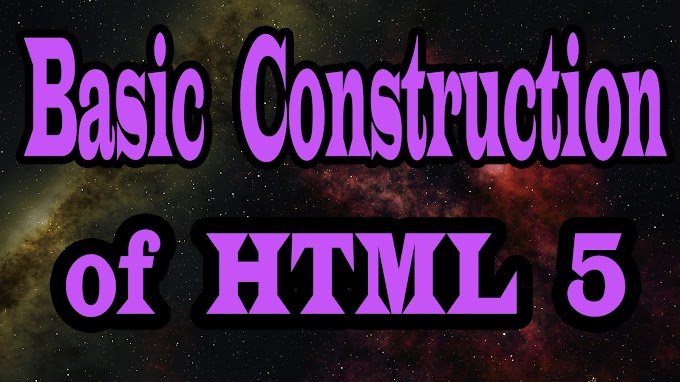Fundamentals of Web Design. Detailed information of
is stated below :-
There
are eight rudimentary elements of website design, each one of these
essentials contributes in their own way to the overall user experience. So, you
must make sure that a single component doesn't let down the entire website.
For effective web design we have consider some thing which are stated below:
Purpose: Worthy web design always
accommodates to the needs of the user. Are your web visitors eyeing for data,
entertainment, some type of collaboration, or to conduct with your business?
Both page of your website needs to have a clear persistence, and to fulfill a
specific basic for your website users in the most operative way possible.
Layout: This is
the way the graphics, ads and text are prepared. In the web world, a key goal
is to help the view find the information they seek at a squint. This contains
maintaining the balance, reliability, and integrity of the design.
Communication: Persons on the web tend to need info speedily, therefore
it is significant to communicate clearly, and create your information easy to
read and digest. Numerous effective policies to include in your web design
include: organizing info by headlines and sub headlines, by bullet points in
its place of extended blustery sentences, and spiting the waffle.
Content: Content and design can work together to boost the message
of the site through visuals and text. Written text should always be relevant
and beneficial, so as not to obscure the reader and to give them what they want
so they will remain on the site. Content should be elevated for search engines
and be of a appropriate length, incorporating relevant keywords.
Colours: A well
assumed out colour palette can go a elongated way to boost the user experience.
Complementary colours build balance and synchronization. Using contrasting
colours for the text and background will create understanding easier on the
eye. Vibrant colours build sentiment and should be used frugally (e.g. for
buttons and call to activities). Last but not least, white space/ negative
space is very operative at giving your website a contemporary and neat look.
Fonts: The use of various fonts can boost a website design. Most
web browsers can only read a select number of fonts, recognized as “web-safe
fonts”, so your designer will commonly work within this widely accepted group.
Graphics: Graphics can contain logos, photos, clipart or icons, all
of which boost the web design. For user pleasantness, these need to be placed
fittingly, working with the color and content of the web page, when not making
it too overfilled or slow to load.
Typefaces: In overall, Sans Serif fonts such as Arial and Verdana
are calmer to read online (Sans Serif fonts are contemporary beholding fonts
deprived of decorative finishes). The idyllic font size for reading with no
trouble online is 17px and rod to a supreme of 3 typefaces in a maximum of 3
point sizes to preserve your design streamlined.









2 Comments
Thanks for sharing such a good blog!
ReplyDeletewelcome
Delete